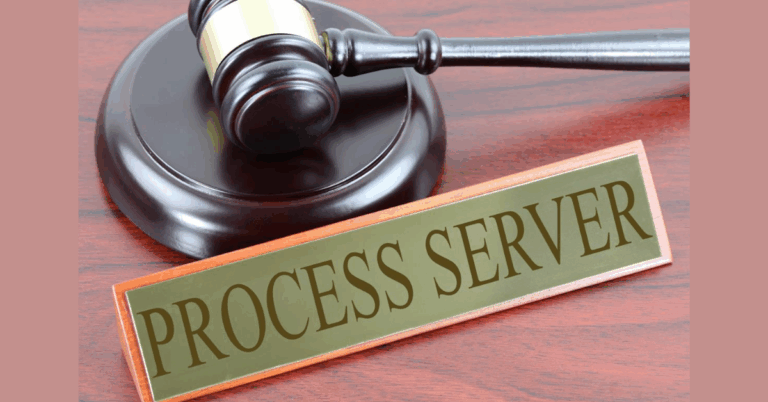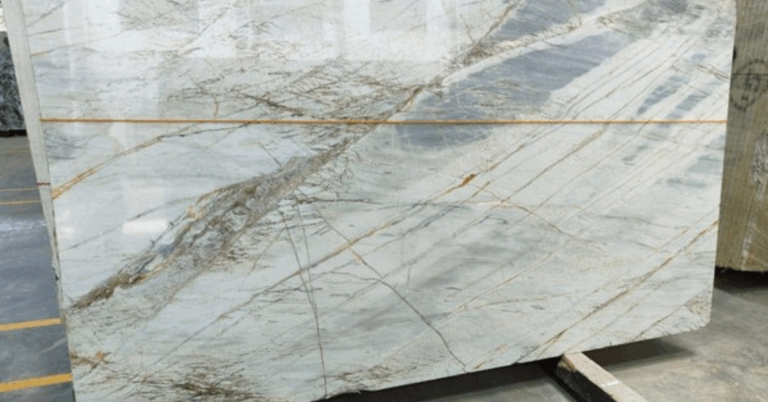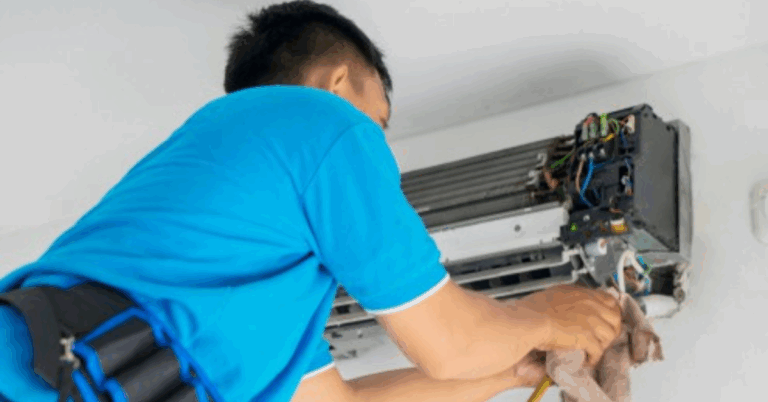Formaldehyde Removal Service: Everything You Need to Know
Indoor air quality has a significant impact on our health and well-being. Among the many pollutants that can lurk within our homes and workplaces, Formaldehyde Removal Service is one of the most concerning. It is an invisible threat often found in building materials, furniture, textiles, and various household products. Thankfully, formaldehyde removal services are available to address this issue professionally and effectively. Let’s delve deep into what formaldehyde is, the risks it poses, and why hiring a professional removal service is crucial.
What is Formaldehyde?
Formaldehyde is a colorless, strong-smelling gas that is widely used in manufacturing building materials and many household products. It is a volatile organic compound (VOC) that can off-gas into the indoor environment for months or even years after installation or production.
Common sources of formaldehyde include:
- Pressed-wood products (such as particleboard, plywood, and fiberboard)
- Household items like glues, adhesives, and coatings
- Upholstered furniture and textiles treated with flame retardants
- Tobacco smoke
- Some cosmetics and cleaning agents
Why is Formaldehyde Dangerous?
Exposure to formaldehyde can cause numerous health issues. The severity often depends on the level and duration of exposure.
Short-term exposure effects include:
- Eye, nose, and throat irritation
- Coughing and wheezing
- Skin rashes
- Headaches and dizziness
Long-term exposure risks:
- Increased risk of certain types of cancer
- Asthma and other respiratory conditions
- Sensitization leading to severe allergic reactions
Sensitive groups, including children, elderly people, and individuals with pre-existing respiratory conditions, are especially vulnerable to the harmful effects of formaldehyde.
How Does Formaldehyde Removal Work?
Professional formaldehyde removal services employ a combination of techniques to identify and mitigate the problem.
- Assessment and Testing:
- Experts start by conducting air quality tests to measure formaldehyde concentrations.
- Detailed inspections help identify all potential sources of emissions.
- Source Identification:
- The service focuses on pinpointing areas and materials responsible for the formaldehyde emissions.
- Treatment:
- Specialized chemical treatments or advanced oxidizing agents are applied to neutralize formaldehyde molecules.
- Air purifiers with activated carbon and HEPA filters are often used to continuously trap formaldehyde particles.
- Ventilation Improvement:
- Enhancing ventilation systems helps disperse and lower indoor formaldehyde levels.
- Follow-up Testing:
- After treatment, further air quality tests ensure that formaldehyde levels are within safe limits.
Why Hire a Professional Formaldehyde Removal Service?
While DIY methods like airing out rooms and using store-bought air purifiers can provide some relief, they often fall short of completely eliminating formaldehyde.
Advantages of Professional Services:
- Expertise: Professionals have the technical know-how to accurately detect and treat formaldehyde issues.
- Specialized Equipment: They use industrial-grade tools and solutions not available to the general public.
- Comprehensive Solutions: Services are tailored to your specific environment, ensuring all sources are addressed.
- Time Efficiency: Professionals can resolve the problem faster than DIY methods.
- Peace of Mind: Knowing that your indoor air quality is safe provides immense peace of mind, especially for families.
How to Prepare for a Formaldehyde Removal Service Visit
Before the professionals arrive, a few simple preparations can help speed up the process:
- Make a list of any known sources of new furniture, flooring, or renovations.
- Keep areas to be treated accessible and clutter-free.
- Inform the service about any allergies or sensitivities among occupants.
- Plan to vacate the premises if advised during the treatment process.
Preventing Future Formaldehyde Exposure
Even after successful removal, it is wise to take measures to prevent future formaldehyde build-up:
- Choose low-emission building materials and furniture certified for low VOCs.
- Maintain proper indoor ventilation year-round.
- Avoid smoking indoors.
- Allow new furniture and materials to off-gas outside before bringing them indoors.
- Use air purifiers with carbon filters to maintain indoor air quality.
Signs That You Might Need a Formaldehyde Removal Service
- Persistent strong chemical odors
- Recurring respiratory symptoms that improve when away from the home
- Recent renovations or new furniture installations
- Unexplained headaches, skin irritation, or eye discomfort indoors
- Positive formaldehyde test results from DIY kits
If any of these signs are present, it is recommended to schedule a professional assessment immediately.
FAQs About Formaldehyde Removal Service
Q1: How long does the formaldehyde removal process take?
The duration depends on the size of the area and the severity of the contamination. Generally, the treatment and initial ventilation can take several hours, but it might require ongoing monitoring and follow-up visits.
Q2: Is it safe to stay in the house during treatment?
In most cases, professionals recommend vacating the treated areas during the application process and until the treatment has dried or settled. They will guide you on specific safety protocols.
Q3: Can air purifiers alone remove formaldehyde?
While air purifiers with activated carbon filters can reduce airborne formaldehyde levels, they often cannot address emissions from source materials. Comprehensive removal usually requires source treatment.
Q4: How often should indoor air quality be tested?
It is a good idea to test indoor air quality at least once a year, especially after significant changes like renovations, purchasing new furniture, or moving into a new space.
Q5: Can formaldehyde levels return after treatment?
If the source materials are not properly treated or replaced, there is a risk of formaldehyde levels rising again over time. Regular monitoring and preventive measures are essential.
Q6: What should I look for in a formaldehyde removal service provider?
Look for certified professionals with expertise in indoor air quality management. Check for positive customer reviews, detailed service plans, and transparent communication.
Q7: Are there natural ways to reduce formaldehyde indoors?
Certain plants are believed to help absorb VOCs, but relying solely on plants is not enough. Proper ventilation and professional intervention are far more effective.
Q8: Is formaldehyde removal permanent?
Effective formaldehyde removal drastically reduces levels and, with preventive measures, keeps the air safe long-term. However, ongoing vigilance is necessary if new potential sources are introduced.
Conclusion
Formaldehyde is a serious indoor air pollutant that demands prompt and effective action. Professional formaldehyde removal services offer a thorough, scientifically-backed approach to safeguarding your indoor environment. Whether you’re dealing with recent renovations, purchasing new furniture, or simply want to ensure a healthier home or office space, investing in expert removal services is a wise and health-conscious decision. Protect yourself and your loved ones by taking the necessary steps toward cleaner, safer air today.







